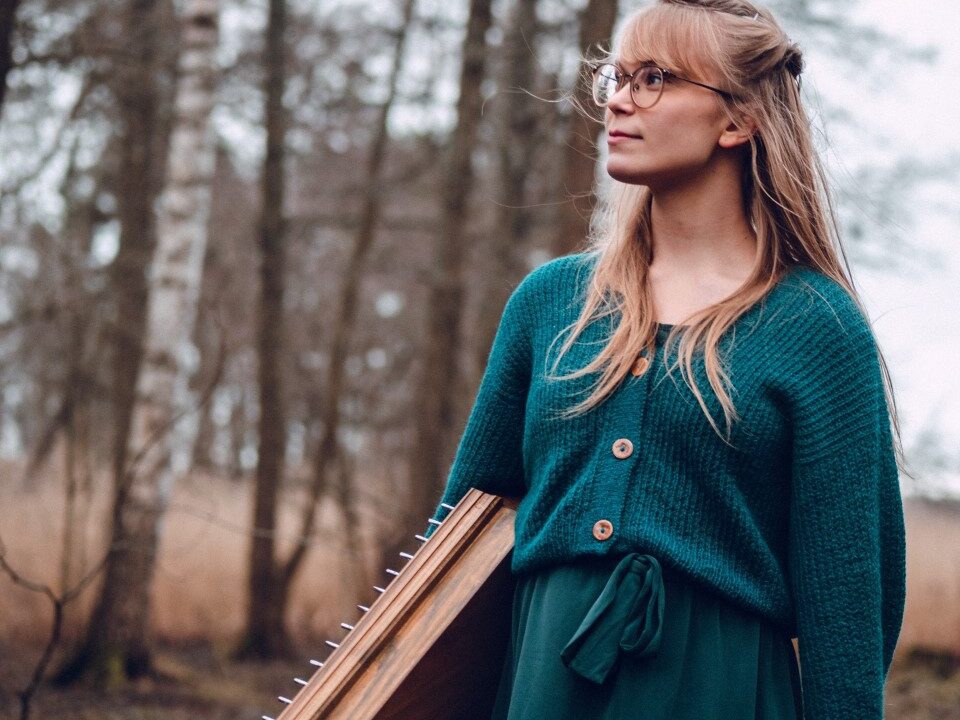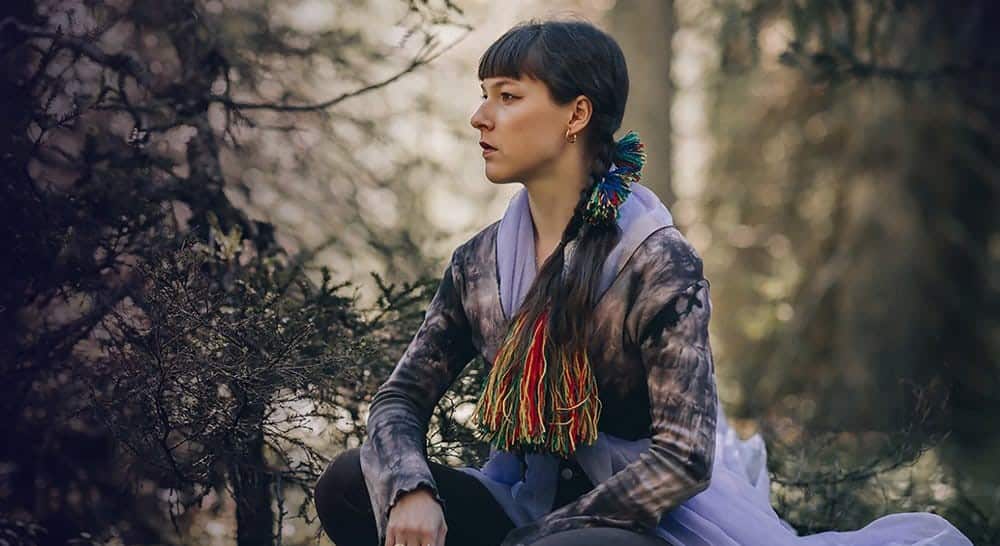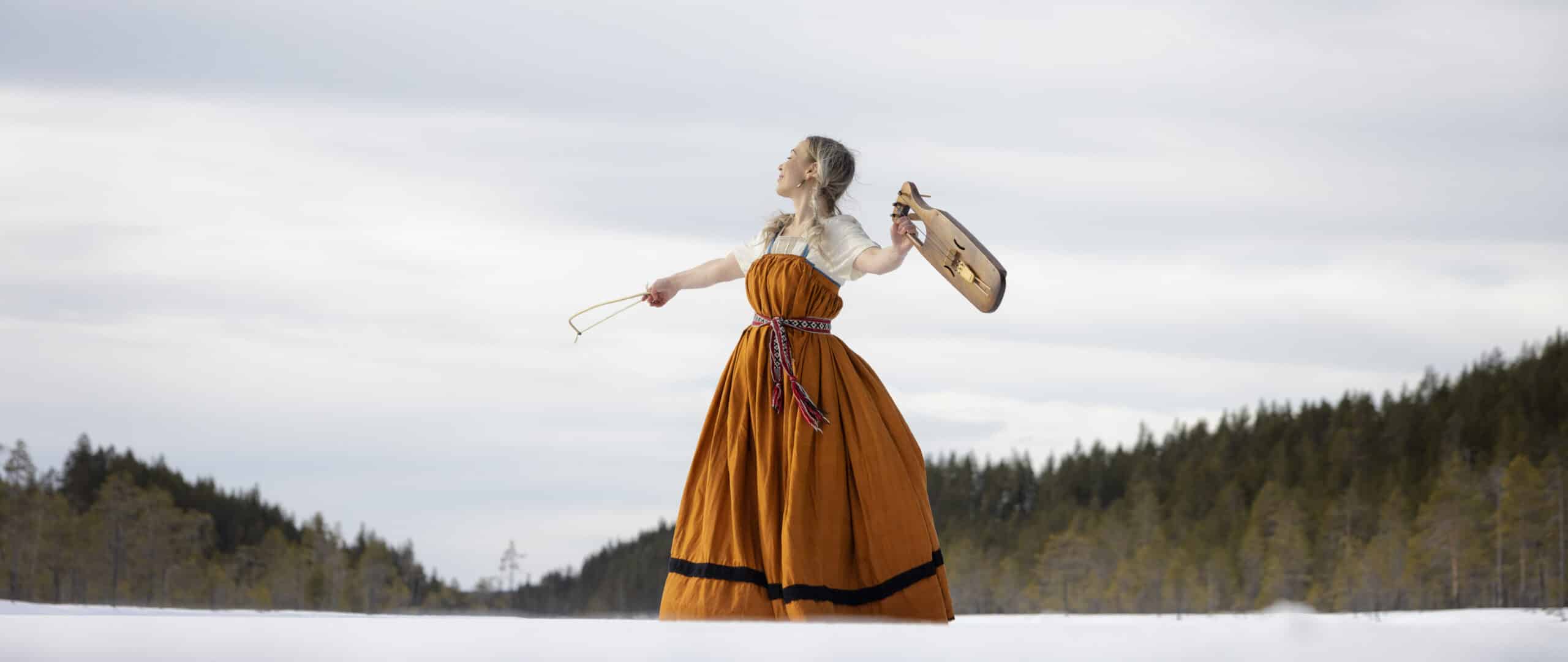What Is the Runolaulu Tradition?
Runolaulu, also known as rune singing, Kalevalaic singing, or traditional Finnish poetic song, refers to an ancient form of oral poetry that served as the foundation for the Finnish national epic, the Kalevala, compiled by Elias Lönnrot. While various terms are used—such as old-meter poetry or Kalevalaic verse—runolaulu has become the most widely accepted today, and for good reason: it emphasizes the essential role of singing. Without the act of singing, it would not be the same tradition.
A common misconception is that people “sang the Kalevala” in the past. In reality, the runolaulu tradition long predates the Kalevala. It is not based on the epic—it gave birth to it.
A Tradition Thousands of Years Old
Rune singing is believed to have been practiced for at least 2,000—and possibly up to 3,000—years in the Finno-Baltic region. This estimation is grounded in linguistic research suggesting that the roots of this tradition predate the divergence of the Finnic languages. The similarity of the singing style across Finnish, Karelian, and Estonian cultures points to a shared origin that must have taken form before the languages separated.
The Language of Song
Runolaulu evolved hand in hand with the Finnish language. The natural rhythm of Finnish—especially its trochaic meter—makes it well-suited to the eight-syllable lines typical of this form. The structure of runolaulu, which tightly weaves together melody and verse, has helped preserve linguistic forms across generations. Since the style demands formulaic repetition and strict syntactic rules, the language of the songs has remained remarkably stable over time.

As Part of a Living Heritage
Runolaulu (rune singing) is a living tradition — dynamic and ever-changing, like all vibrant heritage. For a long time, Finnish folk poetry research held the belief that singers memorized and learned songs word for word, and that any changes were mainly due to forgetfulness or confusion. It was not until the 1960s, inspired especially by Albert Lord’s classic work The Singer of Tales, that scholars began to understand runolaulu as a flexible and adaptable form of expression.
Today, runolaulu is recognized as inherently variable. Changes have always occurred, with each era creating new ways of singing in new contexts. What distinguishes the present from centuries ago are the recording methods, beginning with the 19th-century collectors who wrote down the poems. In doing so, they unintentionally influenced how the songs were remembered and reproduced. The written form gradually replaced singing as the main mode of transmission. Elias Lönnrot, for example, acknowledged this in the preface to the New Kalevala in 1849, noting that in Russian Karelia, old songs and their singers were respected, and rather than forgetting, singers “improved and embellished” the poems in numerous versions.
The Future of Runolaulu
In the early 21st century, appreciation for runolaulu is rising once again. New generations seek to learn it both in traditional style and through new adaptations. It is now understood that the secret and power of runolaulu lies in the singing itself, not merely in the words. Runolaulu is folk singing, folk music — a living art form well worth studying and learning. The practice of singing from memory, or at least partially from memory, is also making a comeback, which is wonderful.
Studying runolaulu offers excellent mental exercise, while its traditional style allows freedom for variation. At the same time, it remains a precious part of the intangible cultural heritage of the Baltic Finnic peoples.
— Pekka Huttu-Hiltunen
(Artikkelissa käytetty lähtökohtana Pekka Huttu—Hiltusen artikkelia Kansanmusiikki-lehdessä vuodelta 2015).
